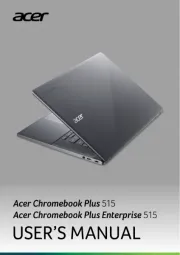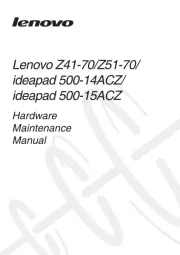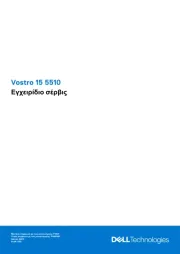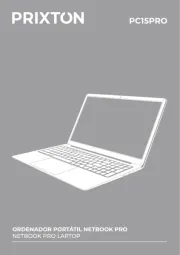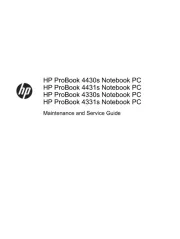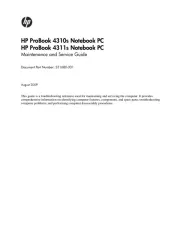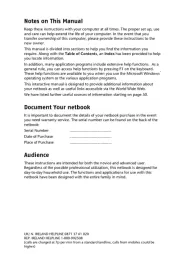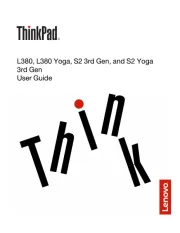Sony Vaio VPCEB44EG Manual
Læs gratis den danske manual til Sony Vaio VPCEB44EG (167 sider) i kategorien Laptop. Denne vejledning er vurderet som hjælpsom af 17 personer og har en gennemsnitlig bedømmelse på 4.4 stjerner ud af 9 anmeldelser.
Har du et spørgsmål om Sony Vaio VPCEB44EG, eller vil du spørge andre brugere om produktet?

Produkt Specifikationer
| Mærke: | Sony |
| Kategori: | Laptop |
| Model: | Vaio VPCEB44EG |
Har du brug for hjælp?
Hvis du har brug for hjælp til Sony Vaio VPCEB44EG stil et spørgsmål nedenfor, og andre brugere vil svare dig
Laptop Sony Manualer










Laptop Manualer
- Odys
- Apple
- Xiaomi
- TechBite
- System76
- Oregon Scientific
- MSI
- SPC
- Sylvania
- Acer
- Aplic
- Kogan
- SIIG
- Naxa
- Fujitsu
Nyeste Laptop Manualer
